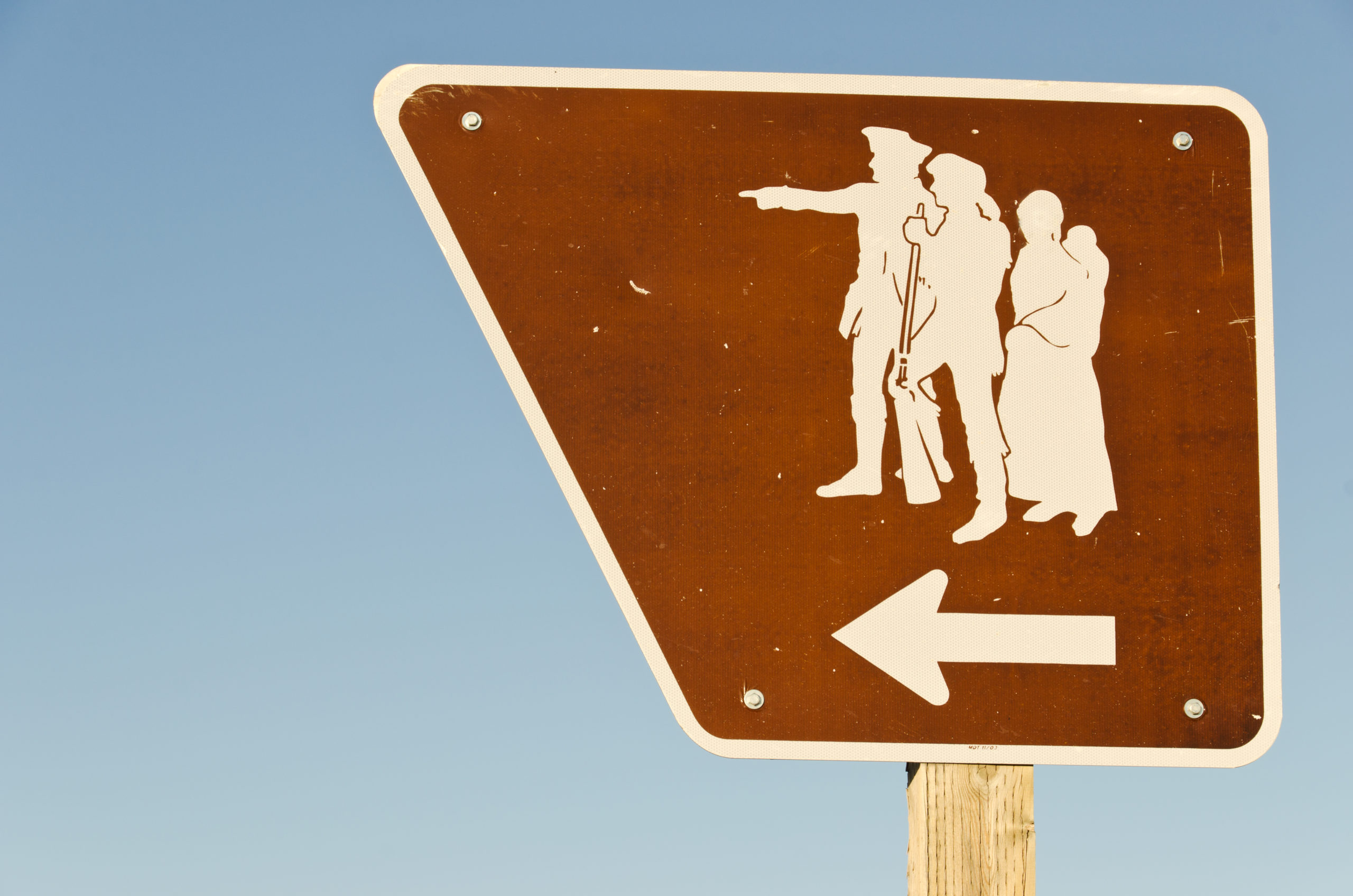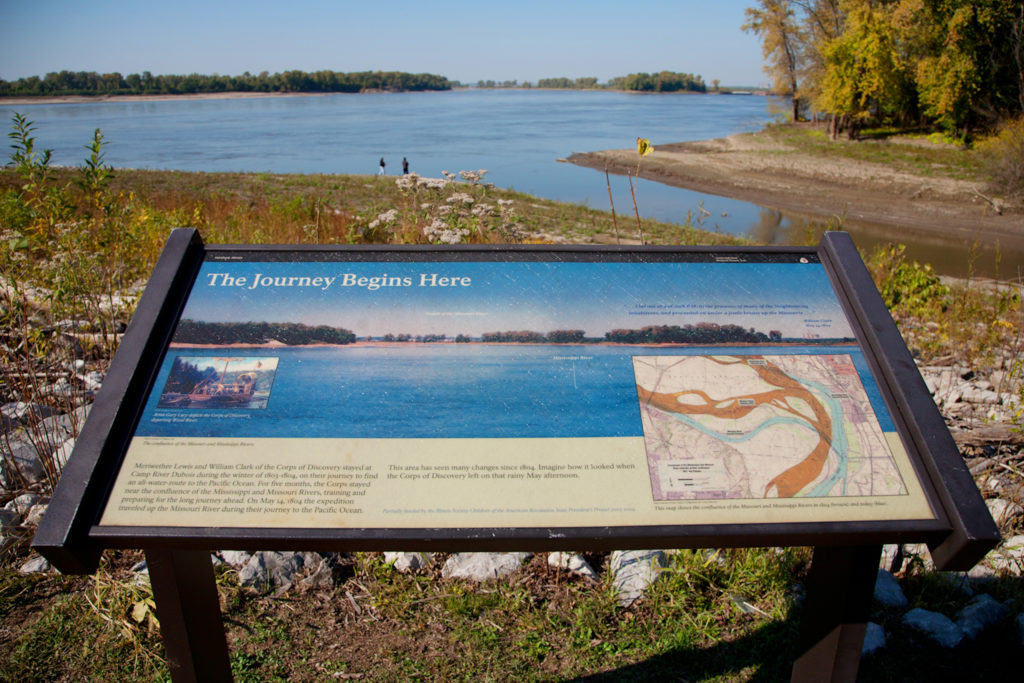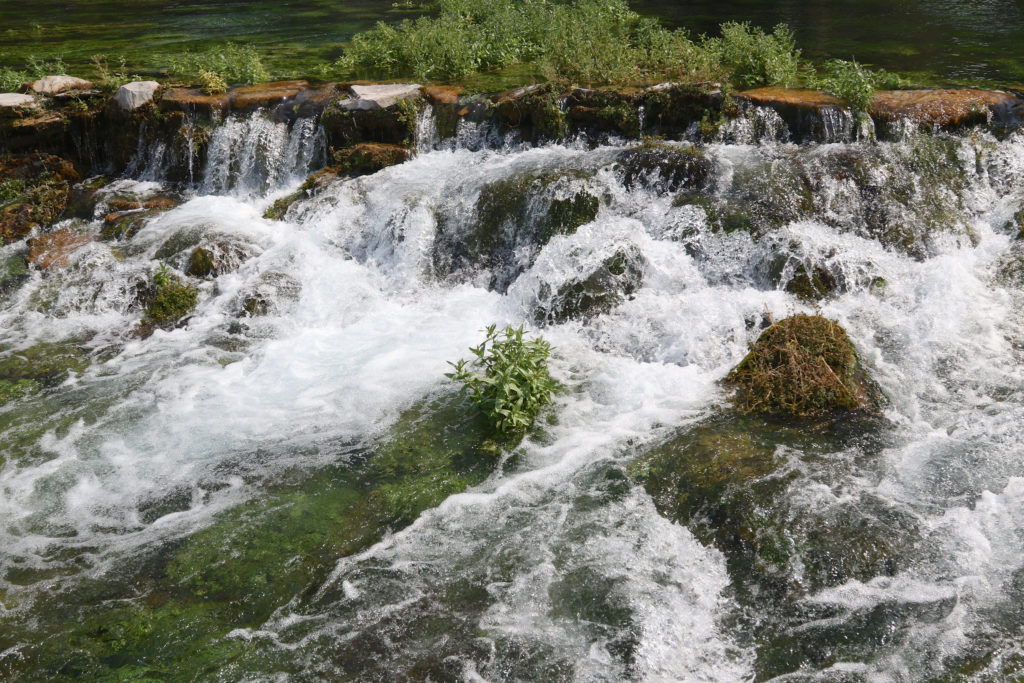
Utilizing the Geotourism Methodology to Identify & Develop Asset Inventories
Solimar has written numerous tourism strategies over the last decade centered around Geotourism, which can be defined as “Tourism that sustains or enhances the geographical character of a place — its environment, culture, aesthetics, heritage and the well-being of its residents.” This methodology is hugely beneficial in identifying and developing asset inventories for a destination’s tourism landscape. Solimar’s methodology specific to Geotourism is centered around convening local stakeholders in order to develop an online MapGuide for a region. This website development process provides a platform to the residents of a destination to tell their story and promote the region’s tourism assets in their own words. After all, the best travel advice comes from the people who live there.
Geotourism has been the nucleus in enhancing community engagement and buy-in for Solimar’s work along the Lewis and Clark National Historic Trail. Throughout 2020, Solimar has been working with a group of university students and recent graduates from across the United States to help build relationships with tourism leaders and business owners in destinations along the Lewis and Clark Trail. Below, each of these interns writes about their experiences in better understanding asset inventory as it relates to the Geotourism methodology of tourism strategizing along the LCNHT.

Beau Baiocchi: Desktop Research To Identify Inventory
When utilizing desktop research to discover more about individual destinations, it is important to focus on localization and remember that residents know best. One can typically start at the macro level, researching state tourism websites and county chambers of commerce to gain a general understanding of the values and attractions of a region. However, to uncover the most detailed and accurate information, it is necessary to dive deeper into local town or community tourism pages and read through literature and advertising put out directly by those who are involved in everyday operations at the destination. This way, the information you collect is up to date and truly encapsulating of the spirit of that location.
Maintaining authenticity is important in order to stay true to the sustainability tenants of Geotourism — authenticity is only achieved by collaborating closely with local stakeholders and prominent local characters who have a great understanding of their destination. One simple Google search will not necessarily be enough. Many times it takes a scouring of all online materials available via Tripadvisor, local tourism blogs, or individual company pages. Oftentimes, links will be embedded in a county chamber of commerce web pages or local tourism sites. Even a simple Google Maps look could reveal to you a new destination that had not appeared anywhere else. Remember, while there may be a myriad of ways to get there, the destination is always localization.
Julia Fassero: Becoming a Member of the Community
When identifying and developing local assets – whether they are restaurants, boutiques, parks or trails – it is essential to have the aid of a community member. This help can come from either a dedicated tourism director or from individual community members. Both are valuable, but a key to efficiency and success is a partnership with the tourism leader or business director. It is essential to have them engaged in the project because of their connections with and knowledge of their area.
In western Iowa, for example, the Harrison County Development Corporation has latched on to the Lewis and Clark National Historic Trail Experience project. By providing details, materials, and connections to local communities and businesses, the HCDC is forging partnerships between their restaurants, stores, and parks. The engagement of the Harrison County Development Corporation allows community tourism assets to be identified quickly and efficiently. The involvement of a local tourism or business director allows the process of identifying and developing the sometimes hidden gems of an area to be streamlined.
In contrast, if local leaders are not interested or do not have the time to engage with stakeholders for a specific project, outreach becomes more difficult. The lack of a key contact means the process becomes decentralized and the success of the project falls to the local community members. Attracting the interest and engagement of some regional tourism leaders can be difficult, and without the Chamber of Commerce or tourism director to tie community actors together, local residents might be asked step in. From there, the process remains relatively unchanged, as individuals use their knowledge of the area and their personal experiences to identify the best attractions in their region.

Kari Barber: The Personal Element of Developing Asset Inventory
As an outdoor enthusiast, I knew there would be endless outdoor opportunities to explore in attending the University of Montana in Missoula. Missoula is encircled by the Northern Rockies, beautiful rivers, and acres of wilderness areas, and as my time at the University of Montana comes to an end, I have had the opportunity to dive deeper into the tourism industry both here in Missoula and in other communities across Montana.
Being given the opportunity to engage with Montana’s communities while learning about sustainable travel through the nature and history of the Lewis and Clark National Historic Trail has been a unique experience. Today, I am writing about sites and attractions in Montana along the Lewis and Clark Trail that I find attractive, based on my time in Missoula. I have researched and written about sites and attractions that bring me back to the reason why I ended up choosing Montana for school in the first place. I have also written about sites and attractions that are on my Montana bucket-list, and locations that friends and family have found interesting. Therefore, by using the local perspective I have gained, I am able to use Geotourism to promote tourism in Montana communities, all while allowing these destinations to tell their story in their own words.
Mary Haas: Linking with Local Tourism Leaders
Something that I have noticed while using Geotourism to build out inventory is the sheer importance of keeping up with community partners and local business owners. After all, as an outsider it’s difficult to get the same perspective on a town as someone who lives there. Though it becomes fairly easy to find promising tourist destinations after getting some practice with desktop research, it’s still difficult to represent these places, as well as the people who have a personal connection or leadership role in the establishments. Our community partners along the Lewis and Clark National Historic Trail are able to help us get some of that perspective.
Having a close connection to local partners also provides for a major source of information. While we work mostly with resources that we find online, not all of our destinations have a great deal of information available on their websites. This can make it difficult to tell the story of a location, even if it seems like a wonderful place to go based on reviews and images. This is where business owners and community partners can provide the backstory and provide the necessary information about their locale. Whether we need a picture of a location with a certain view or a bit about the establishment’s history to add to our description, these community partners can help.
After a few emails and phone calls describing the program, I have been able to reach the leaders of DMOs and chambers of commerce fairly easily, and the information and help that I’ve received in return has been priceless. By showing some interest in their communities, you can start a wonderful partnership that will allow content creation to take on the tone of the local stakeholders.
